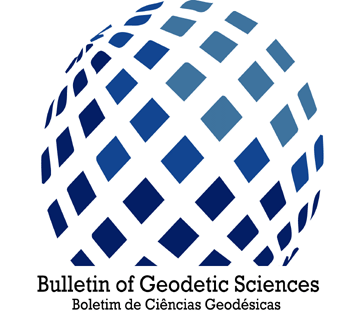Lately a representative evolution of the LIDAR (Light Detection and Ranging) technology to automatic acquisition DTM (Digital Terrain Model) has been observed for urban and rural areas. Present methods in the literature refer to regions for specific cases in the northern hemisphere, where the conditions of vegetation and land use are different from those found in Brazil. This paper aims at investigating and discussing methods for classifying LIDAR data used for the automatic generation of DTM, using mathematical morphology in the process of filtering and classification of points. The methodological process involved the following steps: definition and characterization of the area of application of the verification tests, the conditions used for data acquisition, description of the method Morphological filter, and finally, the framework for analyzing the results. The quality considering the numerical aspects like average error and sample variance of the generated models for the study areas was satisfactory. The results showed that the generation of digital terrain model in urban areas had greater consistency, mainly due to the presence of open spaces at ground level, this fact feasibility of using the classification method.
Digital Terrain Model; Mathematical Morphology; LIDAR





















